US multinational Intel confirmed on Monday that it is acquiring Israeli mobility-as-a-service (MaaS) solutions company Moovit for approximately $900 million. The deal was first reported on Sunday by Israel business daily TheMarker which reported the acquisition value at $1 billion.
Intel previously led a $50 million investment in Moovit in 2018 and announced a partnership with Mobileye, the Jerusalem-based developer of driver assistance system acquired by Intel Corporation for $15.3 billion in 2017 in what is the biggest deal in Israeli high-tech history.
Intel said in a statement on Monday that the acquisition of Moovit will bring Mobileye “closer to achieving its plan to become a complete mobility provider, including robotaxi services, which is forecast to be an estimated $160 billion opportunity by 2030.”
“With this acquisition, Mobileye will be able to use Moovit’s large proprietary transportation dataset to optimize predictive technologies based on customer demand and traffic patterns, as well as tap into Moovit’s transit data repository of more than 7,500 key transit agencies and operators, and improve the consumer experience for more than 800 million users worldwide,” Intel said.
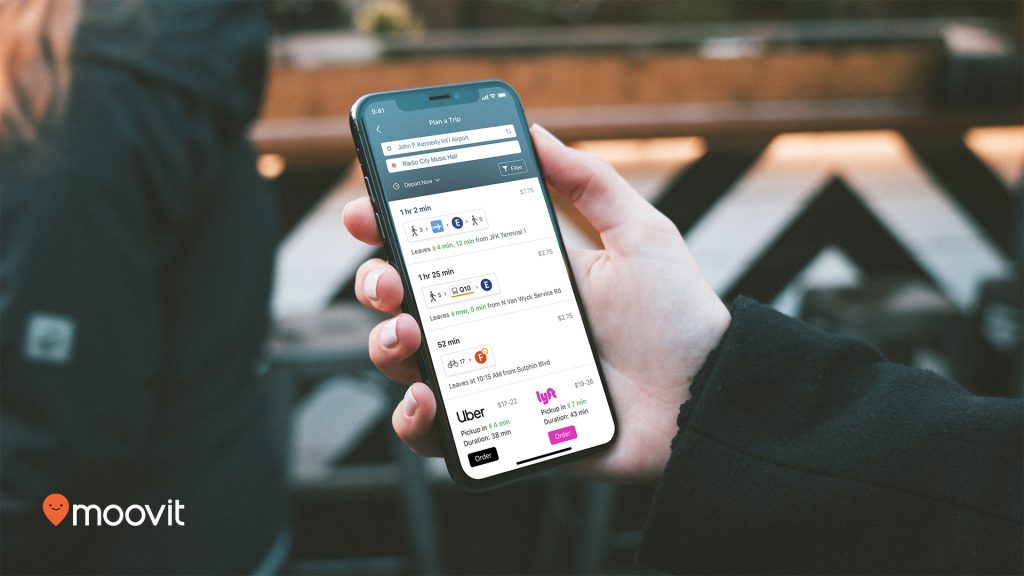
Headquartered in Ness Ziona, Moovit was founded in 2012 by Nir Erez, Yaron Evron, and Roy Bick and developed the first free crowdsourced app that provides real-time bus, train, subway, and light rail schedules and offers route options to help users find the quickest, most efficient way to their destinations. In addition to its public transportation data features, Moovit’s mobility options are quite extensive and include ride-hailing companies, car-sharing companies, station-based bike-share systems, dockless bikes, scooters and Mopeds.

Today, Moovit has over 800 million users on its free mobile and web app, providing mobility options in 3,100 cities, 100 countries, and in 45 languages. The company also sells transit data analytics to municipalities and public transport operators through its Smart Transit Suite, a platform that provides real-time information on people’s movement, optimal routes, wait times, locations of buses and trains and other data for network managing. Moovit collects more than 6 billion data points daily about traffic flow and user demand.
Mobileye co-founder Professor Amnon Shashua, senior VP at Intel and a member of Moovit’s board of directors since 2018 said the company is a “critical piece to our mobility stack” and will accelerate “our way toward becoming a complete mobility provider.”
Mobileye has been developing self-driving technology and, earlier this year, announced two new partnerships for robotaxi-based mobility solutions powered by Mobileye’s autonomous vehicle technology, and an agreement with SAIC, a leading Chinese OEM to use Mobileye’s Road Experience Management (REM) mapping technology to prepare the country for autonomous vehicles.
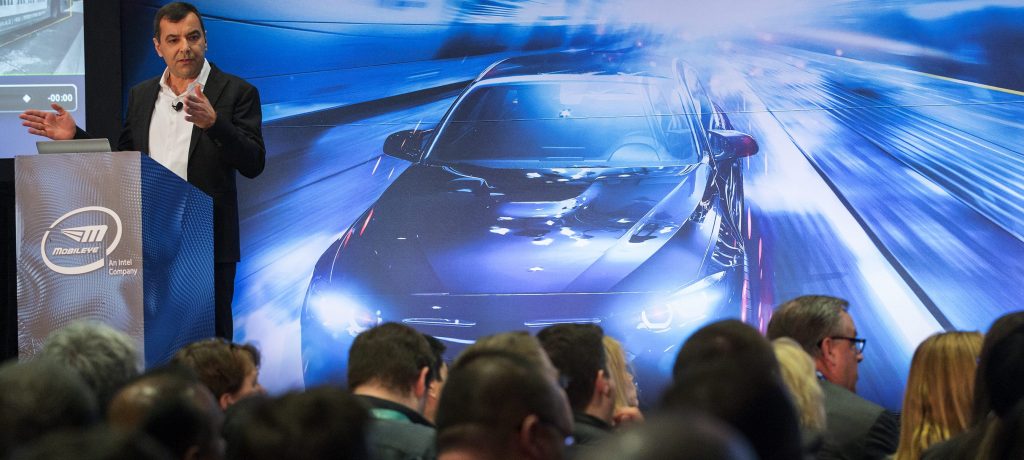
Moovit “owns underlying assets and capabilities, which will give us the insight needed to turn on cost- and demand-optimized driverless mobility-as-a-service (MaaS) almost anywhere in the world,” Shashua wrote on Monday, explaining Intel’s strategy in acquiring the Israeli company.
By working together as part of Intel and Mobileye, Moovit will advance the company’s MaaS strategy and the global adoption of autonomous transportation, Intel said.
Moovit will join the Mobileye business while retaining its brand and existing partnerships, Intel indicated. Erez will join Mobileye’s executive team as an executive vice president.
“Intel’s purpose is to create world-changing technology that enriches the lives of every person on Earth, and our Mobileye team delivers on that purpose every day,” said Intel CEO Bob Swan. “Mobileye’s ADAS technology is already improving the safety of millions of cars on the road, and Moovit accelerates their ability to truly revolutionize transportation – reducing congestion and saving lives – as a full-stack mobility provider.”
Sign up for our free weekly newsletter
Subscribe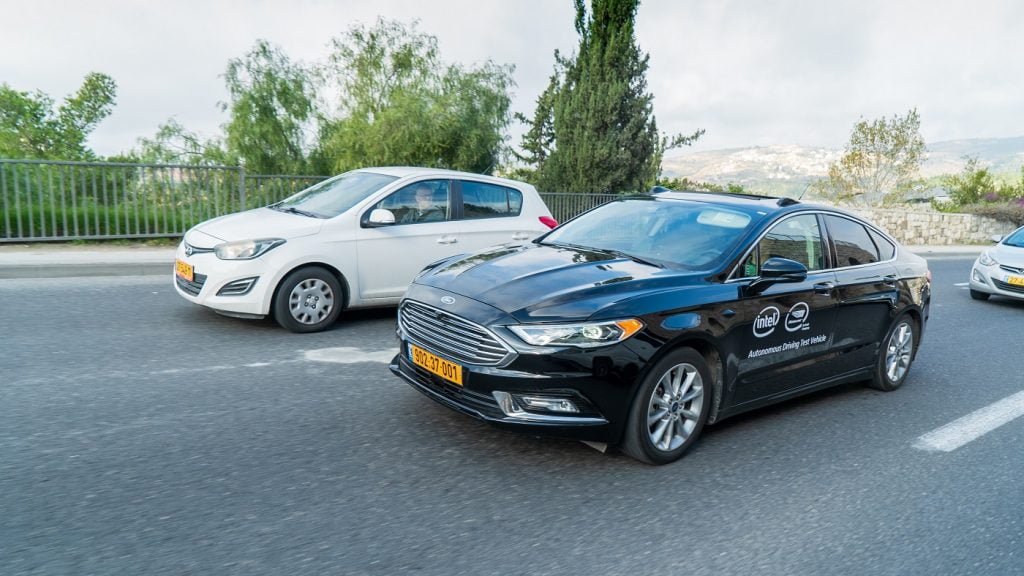
Erez said Moovit was “excited to join forces with Mobileye and lead the future revolution of new mobility services.
“Mobility is a basic human right, and as cities become more crowded, urban mobility becomes more difficult. Combining the daily mobility habits and needs of millions of Moovit users with state-of-the-art, safe, affordable and eco-friendly transportation enabled by self-driving vehicles, we will be able to make cities better places to live in. We share this vision and look forward to making it a reality as part of Mobileye,” he added.
In a separate post, Erez said Moovit will remain a standalone company and will partner with Mobileye for their shared vision. He stressed that Moovit will continue “to serve our users, customers, and partners with the exceptional level of service, professionalism, and dedication they’ve come to expect from us,” and will invest more in growing and supporting the Mooviter Community.
Mobileye’s vision for revolutionizing mobility
Mobileye is a growth engine for Intel, the company said, as it “transforms for a world where the exponential growth of data fuels demand for technology solutions that can process, move and store more data faster.”
Shashua wrote Monday that the mobility supply is “shaping into three types of players, including traditional public transit operators who offer most of the urban bus and rail services, transportation network companies such as taxi operators and ride-hailing companies, and the emerging driverless ride-hailing operators.”
“All have different strengths and weaknesses, needs, and business models but a common aim: All players are striving for automation as the most affordable and efficient transportation method of the future,” he added.
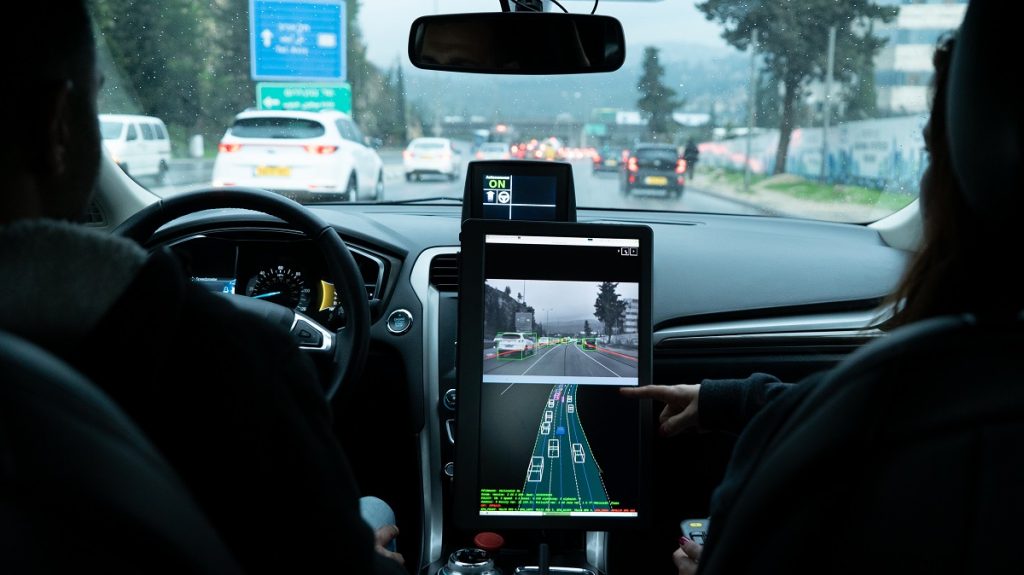
Shashua laid out three steps and models as part of Mobileye’s multimodal XaaS [anything as a service] strategy: “First is vehicle-as-a-service (VaaS), where we will sell or lease the self-driving vehicle for the customer to operate. In the second model, rides-as-a-service (RaaS), we will provide rides to fleet operators, including the fleet operations. Both models are designed to meet the business needs of the different transportation providers and will be amplified with a strong mobility intelligence layer (optimization, demand analysis, etc.) that will enable maximal utilization. In the third model, MaaS, Mobileye will deploy its own robotaxi service.”
Shashua acknowledged that the tasks ahead would not be easy and required “the best self-driving technology out there, along with vast operational know-how, valuable data, and a customer-facing infrastructure.”
As Mobileye works to “bring MaaS of all shapes to travelers worldwide, we aim to do so in a way that improves traffic flow, reduces the need for wasted parking spaces, and brings safety to road users everywhere.”
“With Moovit in the game, we are one giant leap forward in those plans,” he said.
Related posts

Editors’ & Readers’ Choice: 10 Favorite NoCamels Articles

Forward Facing: What Does The Future Hold For Israeli High-Tech?

Impact Innovation: Israeli Startups That Could Shape Our Future



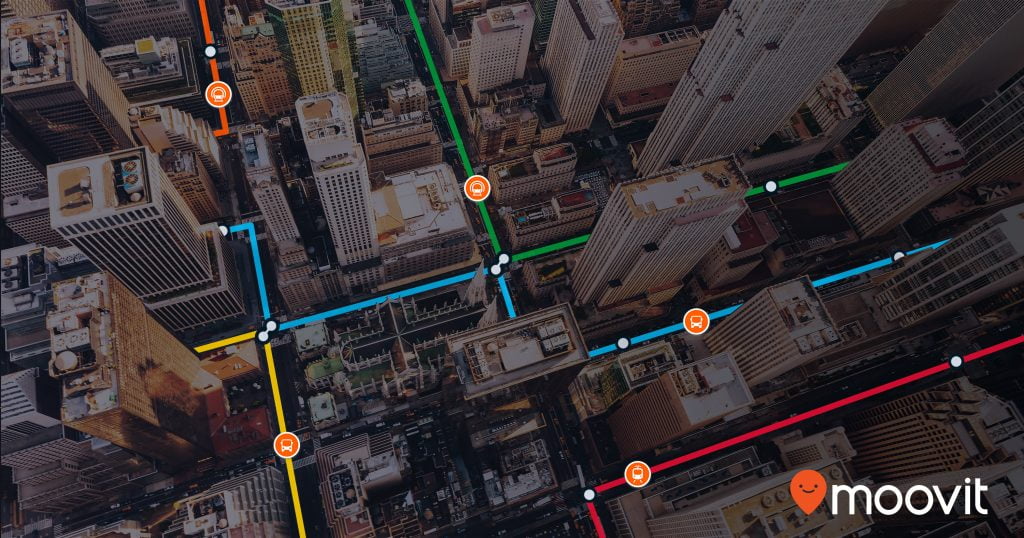
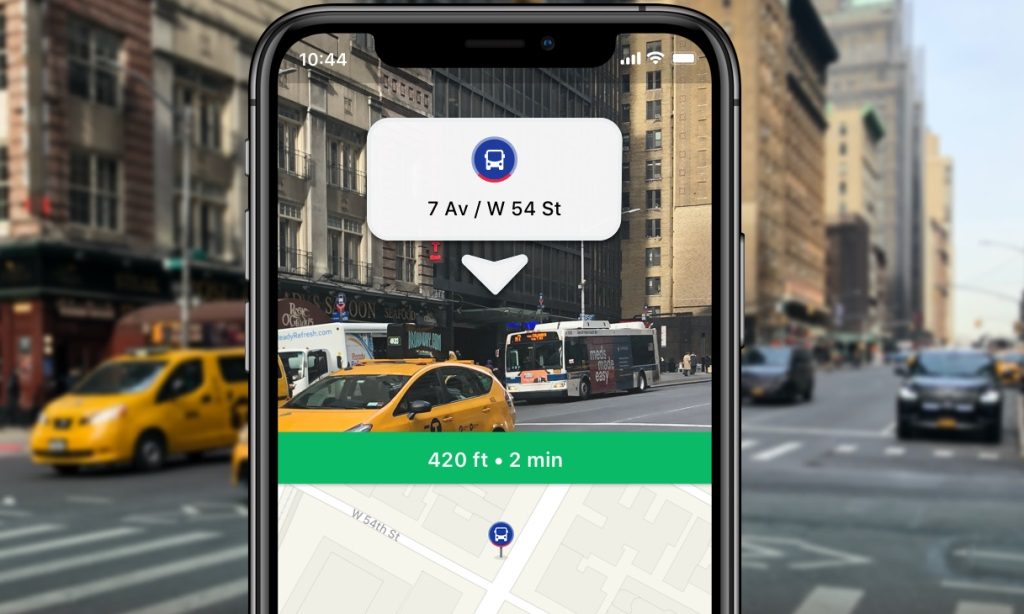

Facebook comments